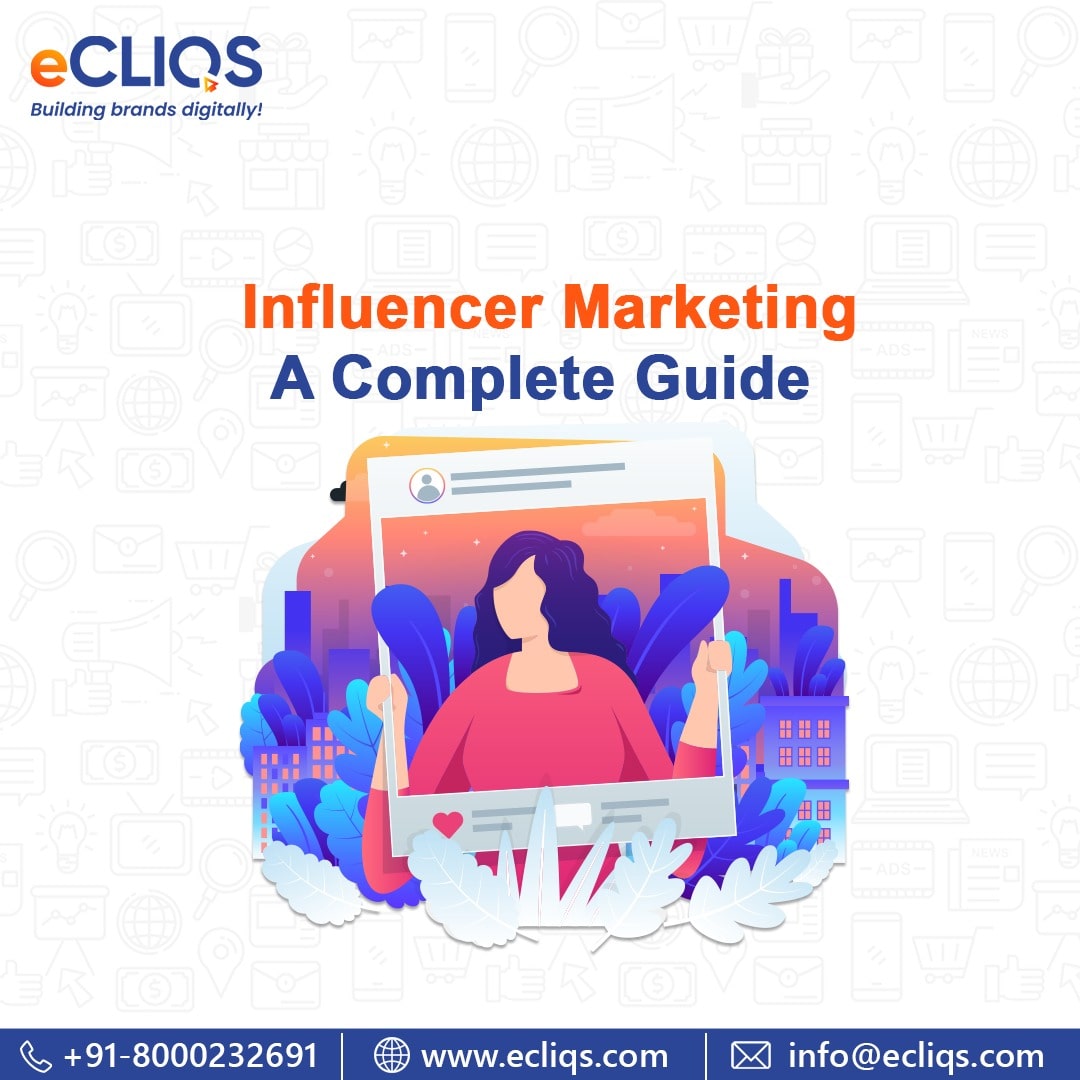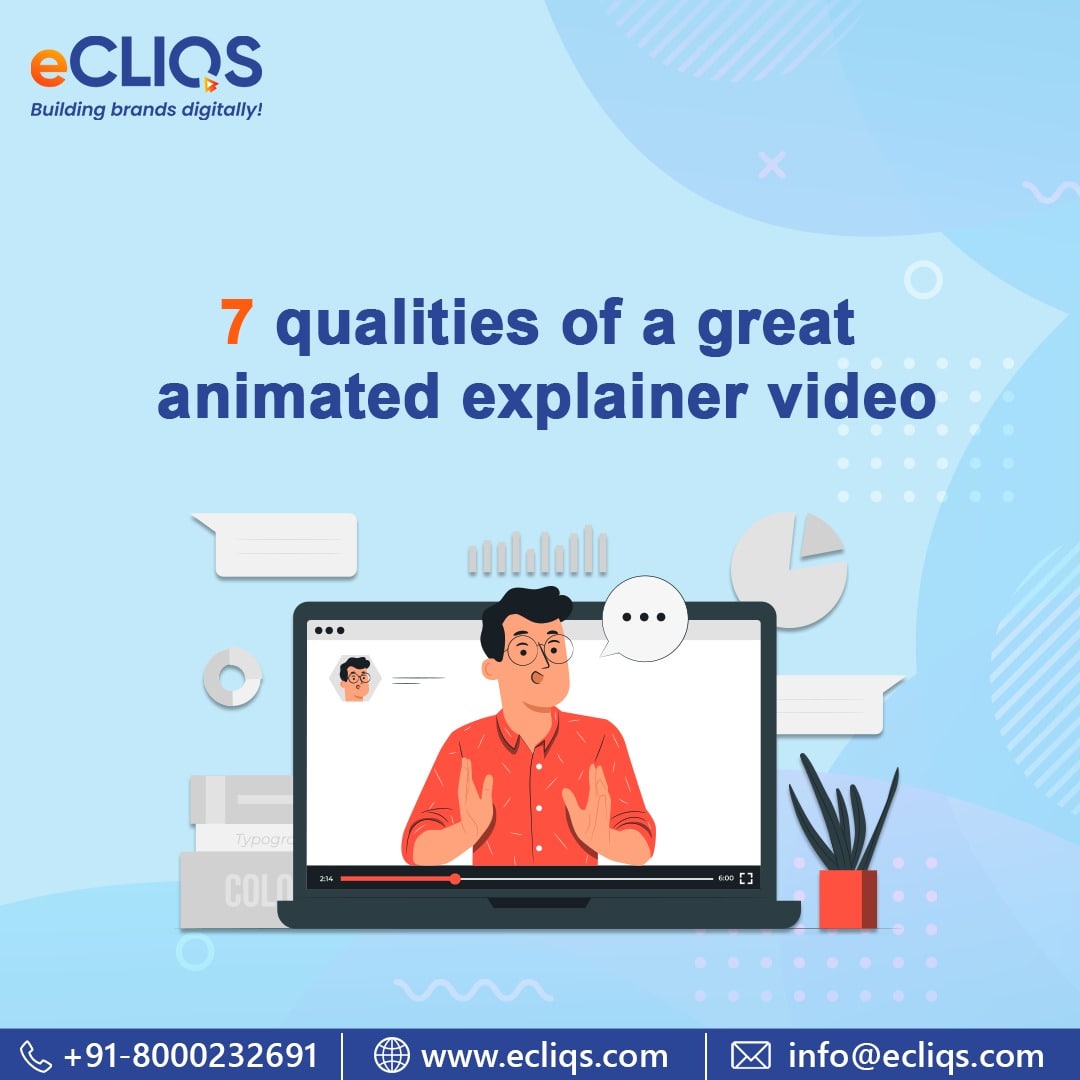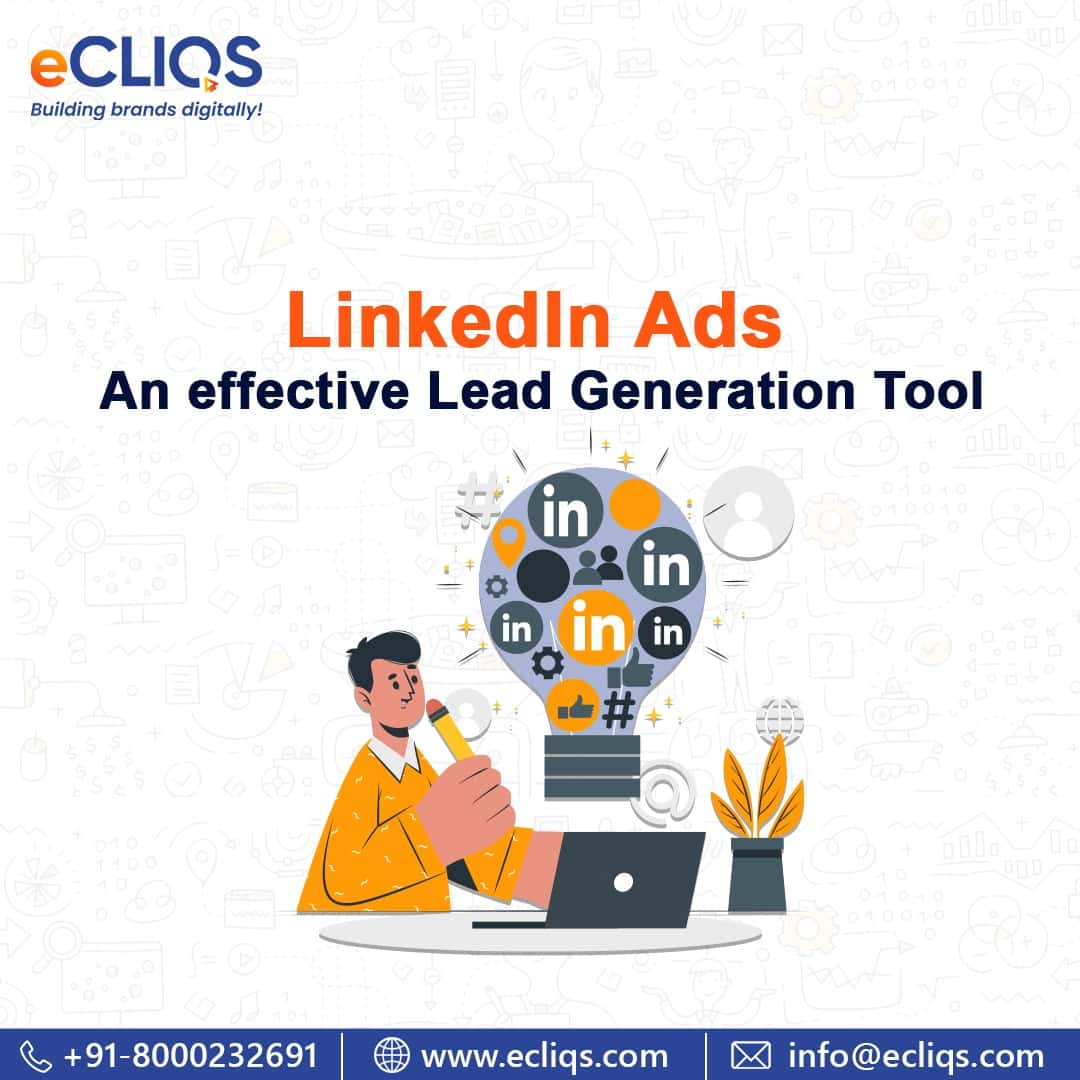A Guide to Different Types of Website – Static, Dynamic, Ecommerce
With over 1.7 billion websites present, providing different styles, formats, and functions, choosing the right website for your business becomes a little confusing.
As a business owner, you need to be aware of all the different kinds of present websites. Analysing what the competitors use and conducting tests allows you to choose the right type of website.
We have created this guide for you to make it easy to understand different types of websites. This guide covers types of websites along with their pros and cons. You can choose the right type of website that suits you.
Types of websites

1. Static website
These websites are the most basic ones and are the easiest to create. You don’t need a database or any web programming for making these types of websites. You just need to create a few HTML pages and publish them on a webserver to create these types of websites.
These websites have a fixed code, and the web content does not change unless updated manually by the webmaster. While it works well for small websites, large websites with huge amounts of traffic may be difficult to maintain. Therefore larger websites use dynamic pages.
Pros
- Cost-effective
These websites are cheap to develop. For a startup having a shoestring budget, these come across as the most suitable option. You can get a dedicated server for cheap prices for static websites.
- Time-saving
Static websites can be developed quickly. These websites can be developed in a much shorter span of time when compared to dynamic websites.
- Easy indexing
Search engines can easily index these types of websites
- Quick transferring
These types of websites do not have a complex structure like dynamic websites and can be easily transferred to clients without a lengthy process.
Cons
- Limited functionality
These types of websites don’t offer wide functionalities that a dynamic website is capable of. These types of websites cannot perform any other functions except for adding images, videos, hyperlinks, and texts.
- Difficult to update
The HTML files need to be changed individually for making changes and updates.
- Not suitable for a long run
Businesses continuously need to make changes to the website for the latest information and updates. If they use a static website it will become very difficult for them to do so.Therefore, in the long run, businesses opt for dynamic websites.
2. Dynamic websites
Dynamic websites are types of websites that can display different types of content every time the user views them. It changes the display depending on various factors like time of day, viewer demographics, location, language settings, etc.
Unlike static websites, dynamic websites don’t need manual updates. Dynamic websites use client-side scripting and server-side scripting to do so. Both these scripts help in reducing the server’s load time.
Pros
- Easy to update
The primary advantage of these types of websites is they are easy to update. Analytical research is not required for making updates.
- Interactive
These websites are interactive. The visitor gets a quick response on these websites. And this website changes according to the user’s behavior.
- Sleek navigation
Dynamic websites enable the user to move around easily. It makes the transition from one page to another quick and easy for the user.
Cons
- Expensive
The development of these types of websites is a little expensive. Cost is high for hosting as well.
- Slow loading
These websites have to perform different functions with complex technologies, therefore they load much slower than static websites.
3. E-commerce Websites
These types of websites allow the user to buy and sell goods, services, and digital products. Using an e-commerce website, a business can process orders, get paid, provide customer tracking, manage logistics. E- commerce websites can be of different types depending on your business.
There are B2B E-Commerce websites, where the trade happens between businesses. B2C E-Commerce websites let businesses trade with direct consumers. Other types include C2C, C2B, C2A, B2A.
Pros
- Selling internationally
New brands can reach customers internationally using e-commerce websites. You get the option to buy and sell products worldwide. It lets you develop your brand quicker.
- Personalised experience
You can offer personalised experience to your customers through e-commerce websites. Personalization of websites can boost sales. You can run various campaigns to attract more customers.
- Low cost of financing
To start an ecommerce business you don’t need a huge amount of funds. You can start a website and start selling products immediately.
Cons
- E-commerce is highly competitive
The number of e-commerce websites has increased a lot in recent years. The market has become competitive. You need aggressive marketing in order to sustain in the market.
- Website crash
The biggest disadvantage of e-commerce is when there is a large number of visitors present on a website, there are chances that the website may collapse. And when the website crashes the business stops. There is no business till the website is live again.
- Security issues
Malicious hackers often steal customer’s informations from these websites. E-commerce websites need constant security checks in order to keep consumer data safe.
Outlook
Depending on the nature of a business there are different types of websites available. You need to thoroughly analyse all kinds of websites and decide which website suits your business the most. If you are a startup having a low budget, you can develop a static website. If you want a more personalised website you can go for dynamic ones. E-commerce websites can get you access to a wide variety of customers.
References
- https://www.koolstories.com/ecommerce-website-pros-cons
- https://sundewsolutions.com/blog/static-vs-dynamic-website-pros-and-cons-detailed-comparisons
- https://www.spiralytics.com/blog/what-are-dynamic-websites/
- https://www.google.com/amp/s/99designs.com/blog/web-digital/types-of-websites/amp/
Influencer marketing – A Complete Guide
According to The shelf, 92% of customers go with the recommendation from other people. Consumers trust recommendation over promotional content that comes directly from companies.
In the recent years, we all have seen how the use of social media has increased. Popular platforms like Facebook, Twitter and Instagram now have a large user base and are reaching big parts of the world.
Nowadays, these platforms are used by brands also to interact and promote their products and services. Brands willing to increase awareness actively use these social media platforms
Influencers have a huge following on these platforms and their audience trust them. Most influencers try to build a personal connection with their audience. And when these influencers promote a certain product, their audience automatically starts trusting that particular product.
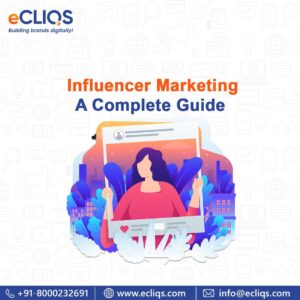
Let’s understand what influencer marketing is
If you are active on social media, you must have come across a influencer talking about a product. That’s exactly what influencer marketing is.
Influencer marketing is one type of marketing, where brands and influencers collaborate in a campaign in order to expand the reach of that particular campaign. These influencers don’t necessarily have to be celebrities.
Beauty blogger, travel vlogger, food blogger, etc. they can be anyone.
Influencer marketing, at its finest, won’t even feel like marketing. It is much more impactful than traditional advertising. With the right influencer marketing strategy, you can popularise any product or service that you want. To make your influencer marketing campaigns successful, here are a few key points to look for.
Know your target audience.
For any influencer marketing campaign to be successful, it has to reach the right audience. A target audience analysis will not only help you in product development, but will also help you market your products in front of the right people.
You will need to understand what you are, what you are offering, and what you want to achieve. Once you have identified these things, it will be easier for you to understand your target audience.
Finding the right influencer
Finding the right influencer for your influencer marketing campaign is important. Every influencer has their own audience, you need to figure out whose audience can be your potential customer. If you are a cosmetics company, you need to identify a promotes or talk about beauty tips, products etc.
With the right influencer rolled in for your influencer marketing campaign, you can surely achieve your desired goals.
Some influencers manage all of their business and social accounts by themselves and many of them have dedicated marketing teams. You can get in touch with them and take things forward.
How influencer marketing helps businesses
Influencer marketing helps businesses to approach a wider target audience. It enables them to scale up by increasing visibility which provides higher return on investment than other marketing channels. According to Mediakix, 50% of companies stated that their return on investment is higher in influencer marketing campaigns when compared to other marketing channels.
Influencer marketing helps in driving the customer’s buying decision. People respect and trust their influencers. This increases sales. Influencer marketing is also a cost effective way to market your products and services.
It is also a very quick way to showcase your products in front of an established fan base. You don’t need to setup a page and the build following to market your products in front of your target audience. You just hire an influencer whose followers match your target audience and that’s it.
Types of influencer marketing
Influencer marketing, at its core, is getting an influencer to talk about your products or services.
Here are some types of influencer marketing:
#1. Sponsored content
Sponsored content is the most popular form of influencer marketing. Sponsored content is just a post that talks about a particular service or product for advertisement.
The content is generally shared on the influencer’s social media accounts and most of the time it includes a call to action.
#2. Brand ambassador
If you find that the influencer is a good fit for your products and services, you can make them your brand ambassador.
Brand ambassador works for an extended period of time. If you think the influencer has good reach and can benefit your business, making them the brand ambassador will help you in getting the most out of your influencer marketing campaign.
Long term association with an influencer helps in executing different strategies like sponsored content, giveaways, better utilisation of user generated content etc.
#4. Influencer content on your channel
Posting influencer content on your channel works like a testimonial. When potential customers visit your social accounts and see influencers talking about your content, it generates trust in their minds.
Potential customers start trusting your products and services more once they see influencer content on your channel.
#5. Discount and affiliate links
People love discounts. Offering discounts can often make potential customers choose your products over the competition. And when this discount strategy is coupled with influencer marketing, it becomes more powerful.
Influencers build trust and when a discount is offered, the customers tend to buy the product or service with an immediate effect.
You can use affiliate links and track the conversion rates of your influencer marketing campaign.
#6. Contests and giveaways
Holding contests and giveaways for the influencer’s audience makes them interact with your brand. You can make them your followers. This is also a very good way to generate UGC.
Offer your own products as a prize to the winners. You can also provide discounts to the participants.
Takeaway
It’s obvious that influencer marketing is more than just an ongoing trend. It is transforming the way how people interact with brands. It is becoming more vital in the marketing space. Running influencer marketing campaigns is present on the lists of most brands. If you take the right approach and know your audience, this guide will help you in executing the type of influencer marketing strategy and make your influencer marketing campaign successful.
References
- https://mediakix.com/influencer-marketing-resources/influencer-marketing-industry-statistics-survey-benchmarks/#gs.cwtjta
- https://engaiodigital.com/influencer-marketing/#:~:text=Influencer%20marketing%20allows%20big%20brands,ROI%20than%20other%20marketing%20channels.
- https://buffer.com/library/influencer-marketing/amp/
- https://influencermarketinghub.com/the-definitive-guide-to-influencer-marketing/amp/
- https://www.theshelf.com/the-blog/what-is-influencer-marketing/
- https://www.quintly.com/influencer-marketing
- https://blog.alexa.com/influencer-marketing-strategy/amp/
7 Qualities of a Great Explainer Video
With growing digitization, the consumption of video content has increased tremendously. People prefer watching videos over reading. That’s the reason why most brands have started introducing video content in their marketing campaigns.
Animated videos can often serve as valuable tools for these marketing campaigns. New products and services can be introduced using these videos in a fun and interactive way. Complex concepts can be easily clarified using these animated explainer videos.
When done correctly, these videos prove to be a unique and effective way of explaining the function or value of a topic under discussion.
To make the most of these animated explainer videos, you need to focus on a few things that make them perfect. Here are 7 qualities an animated explainer video must-have.
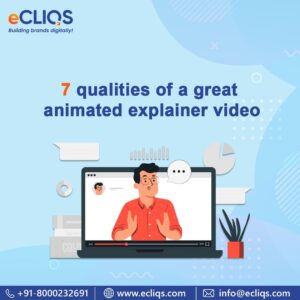
1. Straight to the point message
Your viewers decide if they are going to watch your full videos or not in just the first 8 seconds. Your animated explainer videos should focus on having a message that’s conveyed quickly.
Animated explainer videos are most effective when the creator utilises the time by connecting to the audience and grabbing their attention quickly.
2. Engaging Script
To make animated explainer videos work, the visuals need to be clear but more importantly, the audio must be easy to understand. The script of the animated video should be engaging. If the script is complex, the audio is not going to be easy to understand. So make sure your script is easy, engaging, conveying the right message,e, and fun. The consumer should enjoy watching your animated video.
3. Visually Appealing
With many brands taking a minimalist approach, the integration of animated explainer videos to their website and social media channels have become an important part of their campaigns.
Choosing good visuals along with elegant fonts along with the right colours is important. In addition, the visual should align with the message of the animated video.
4. Impactful voiceover and music
The aim of any animated explainer video is to explain a particular product or service. And that’s the reason why voiceover is important. The voiceover artist should have a clear and easy-to-understand voice. The narration should be straightforward and not fancy.
The pitch should make sense and should explain the product or service at the beginning and end of the animated video.
Choose the right music for your animated explainer video. Music helps in keeping the consumer engaged throughout the video. Keep in mind that the music should also align with the pitch and tone of the voiceover artist.
5. Relevance
Explainer videos should be relevant to the consumers. Make sure you analyse your target audience before starting to make animated explainer videos.
If you want your animated video to be relevant to your target audience, it should focus on their preferences and needs. While the script can be crafted by keeping the target audience in mind, it’s the animation that helps in connecting to the viewers and building relevance.
If the content is relevant to the consumer, it’s more likely that they will share it. If the animated explainer video is shared by the consumers with their friends and family, it will help in attracting more consumers and increase conversion.
6. A persuasive call to action
Marketing researchers often suggest that a good call to action makes a huge difference. A call to action makes for a perfect opportunity to increase conversions. An animated explainer video helps the consumer in understanding the product or service and adding a call to action in the video makes the user take further action. Make sure your call to action inspires the consumer to take the action that you want them to take.
7. Branding
Animated explainer videos succeed when they reflect the brand that made them. Be it creating an animated explainer video to demonstrate a product or service to your company’s board or using it to advertise products, animated videos should be carefully branded.
Brand guidelines should be strictly followed. An animated explainer video should meet the personality of the brand.
Final thoughts
By creating animated explainer videos that are fun and relevant, you can achieve your goals and deliver your message. These videos are effective and powerful. Try making shareable videos. People often prefer sharing good stuff with their friends and family. Keep it short, simple, and direct. Avoid being too fancy. A good voiceover artist with a clear voice and good narration skills can make your videos perform well.
References
- https://www.columnfivemedia.com/10-qualities-every-good-explainer-video-needs/
- https://www.wordstream.com/blog/ws/2014/03/13/explainer-videos
- https://www.promoshin.com/10-qualities-of-a-great-explainer-video/
- https://animationexplainers.com/what-makes-a-good-explainer-video/
- https://medium.com/@KaraEberle/6-qualities-of-an-outstanding-animated-explainer-video-cc6b8b3c1ae0
LinkedIn Ads – An effective Lead Generation Tool
For professionals and companies, LinkedIn has evolved as the biggest lead generation platform. With 810 million members (source: LinkedIn), LinkedIn is a platform where people invest time, unlike other platforms where people are just passing time.
With such a large user base, LinkedIn becomes the go-to platform for promotions. If you operate in the B2B space, there are high chances that your potential customers will be found on LinkedIn by running ads. With optimum market research, you can reach out to your potential customers and run a successful LinkedIn Ad campaign.
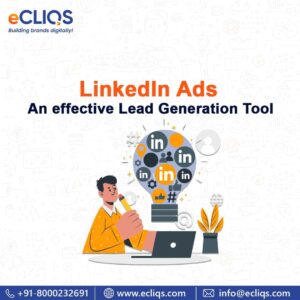
What are LinkedIn Ads?
LinkedIn Ads are paid marketing tools offered by the platform. It lets you run Ad campaigns in different formats. LinkedIn Ads help in:
- Website conversion
- Audience engagement
- Sales
- Brand awareness
- Lead generation
- Increasing website traffic
LinkedIn ads, with a wide variety of options, can help you target your customer no matter what kind of business you are into.
Types of LinkedIn Ads
To achieve specific ad goals, LinkedIn offers you several ad formats to choose from. These are:
- Message Ads
- Video Ads
- Carousel Ads
- Single Image Ads
- Event Ads
- Spotlight Ads
- Conversion Ads
- Text Ads
You can choose any format to start your LinkedIn Ad campaign. Every format has its compositions and benefits. Depending upon your budget and goals of your LinkedIn Ad campaign you can choose from Cost per click ads(CPC), cost per impression (CPI), Cost per send(CPS) models.
How to create Linkedin Ads?
You’ll need a LinkedIn account to get started. Signup and go through the beginner’s guide to get started with LinkedIn. Once you are done with it. You can start creating LinkedIn Ads for your business. Let’s have a look at the steps to create Linkedin Ads
- Set up a Campaign manager account
This is the platform where all your LinkedIn Ads-related activities take place. This includes setting up ad accounts, budget management, and running LinkedIn Ad campaigns.
- Decide your LinkedIn Ad objective
The type of action you want the user to take after seeing your LinkedIn Ads is your objective. Setting up an objective helps in deciding the best suitable format for your LinkedIn Ads.
- Target audience analysis
You can choose a location for your Ads and then you can filter your audience by company name, industry, job titles, personal interests, etc.
- Choosing your LinkedIn Ad format
Your ad objective will help you decide the right format for your ads. You can choose from the formats listed above. Each format has its benefits and capabilities. You can choose the format that aligns the best with your Linkedin Ad objective.
- Decide your budget
LinkedIn ads manager will provide you with a budget range. This range is based on your target audience and format. Ad managers also factor in the competition in your chosen target audience.
- Decide the right time
Once you are done with the setup of your LinkedIn Ad, you can choose the right time for it to run. You can decide the start and end of your LinkedIn Ad campaign or you can continuously run the campaign.
- Confirm and pay
Once you are done with the above steps, you can preview your ad. Once you are satisfied with the preview, you can make the payment and that’s it. Your LinkedIn Ad is ready to meet its audiences.
Final words
LinkedIn has proven to be one of the best platforms to connect with like-minded business-oriented people. You can connect with the right audience and brands. Once you’ve built the right LinkedIn Ad strategy, you will learn how powerful LinkedIn ads are.
Follow the above steps and build your ads the right way.
References


